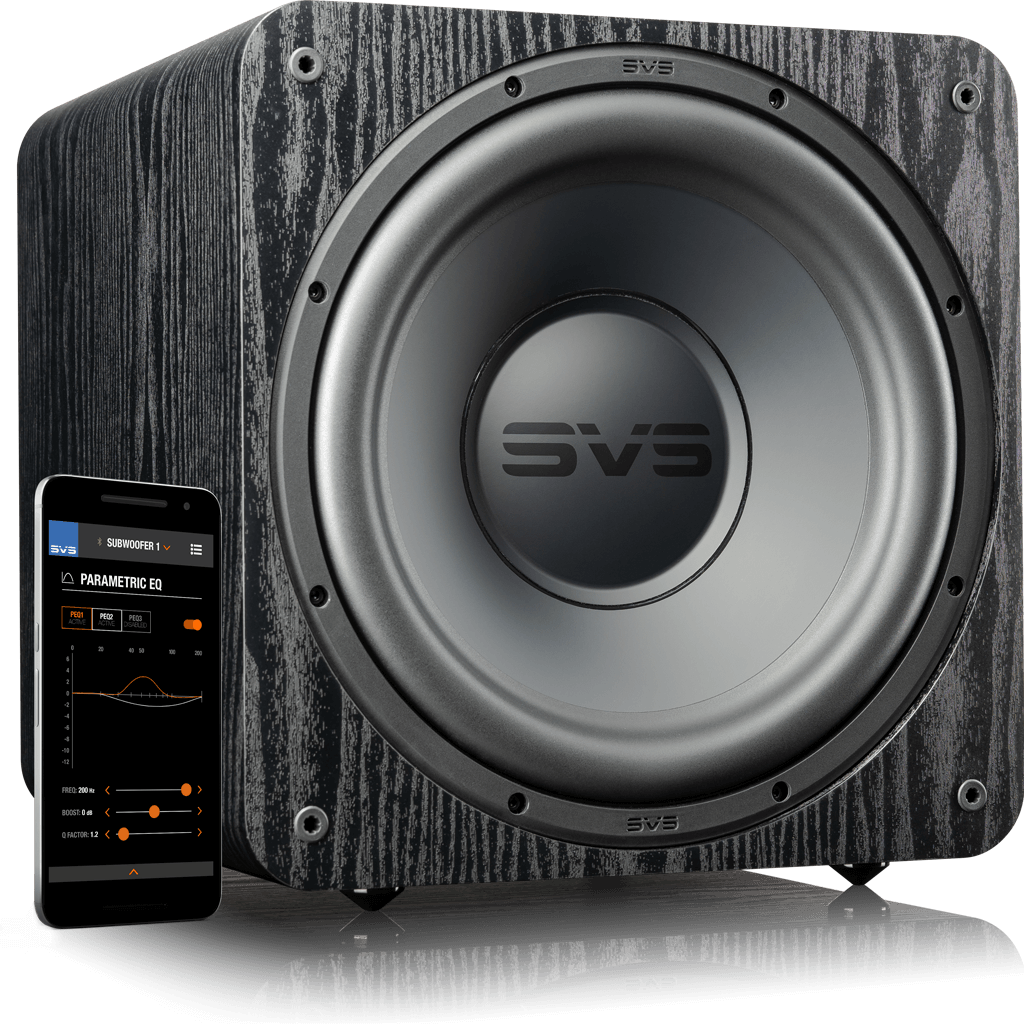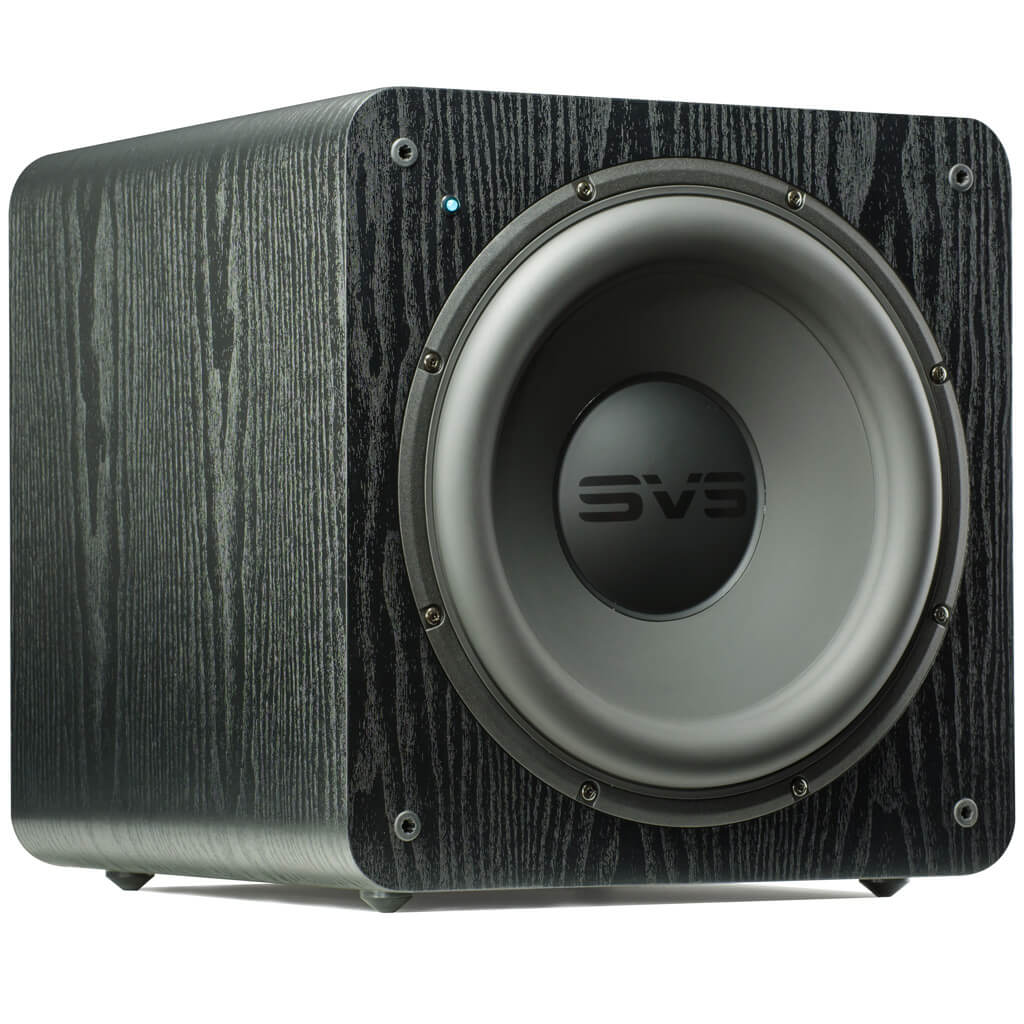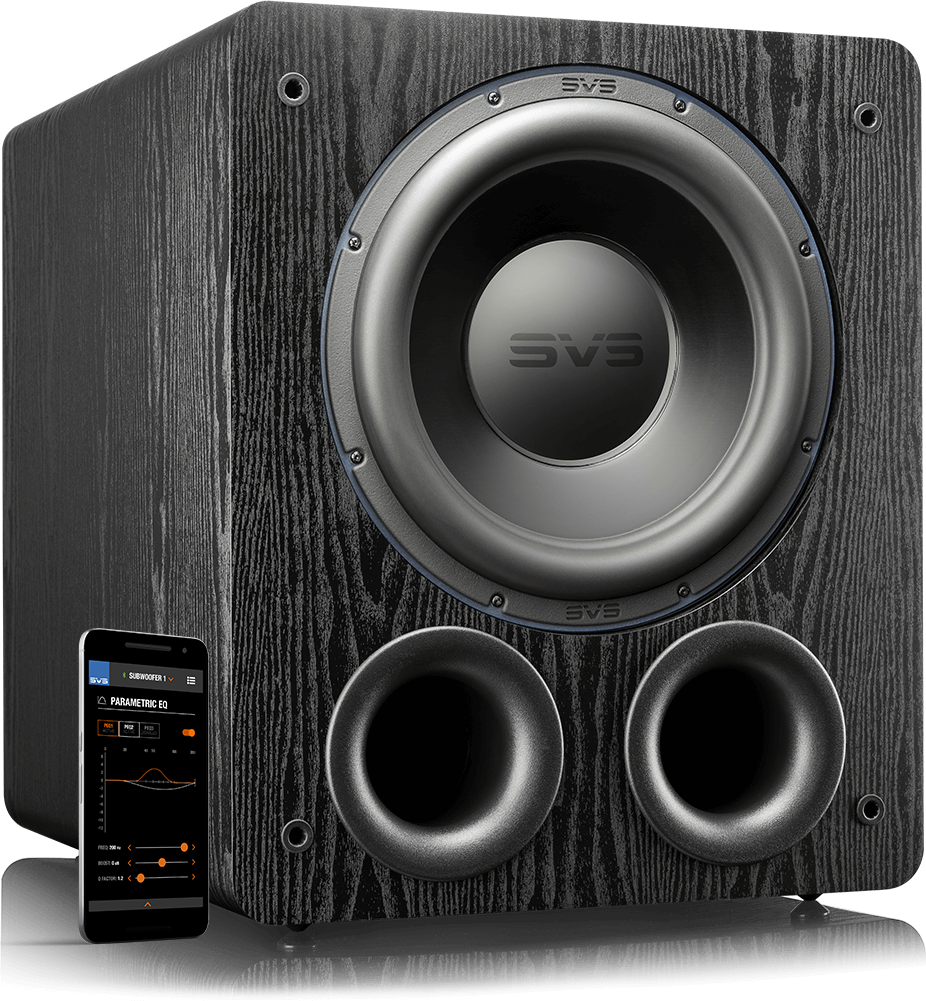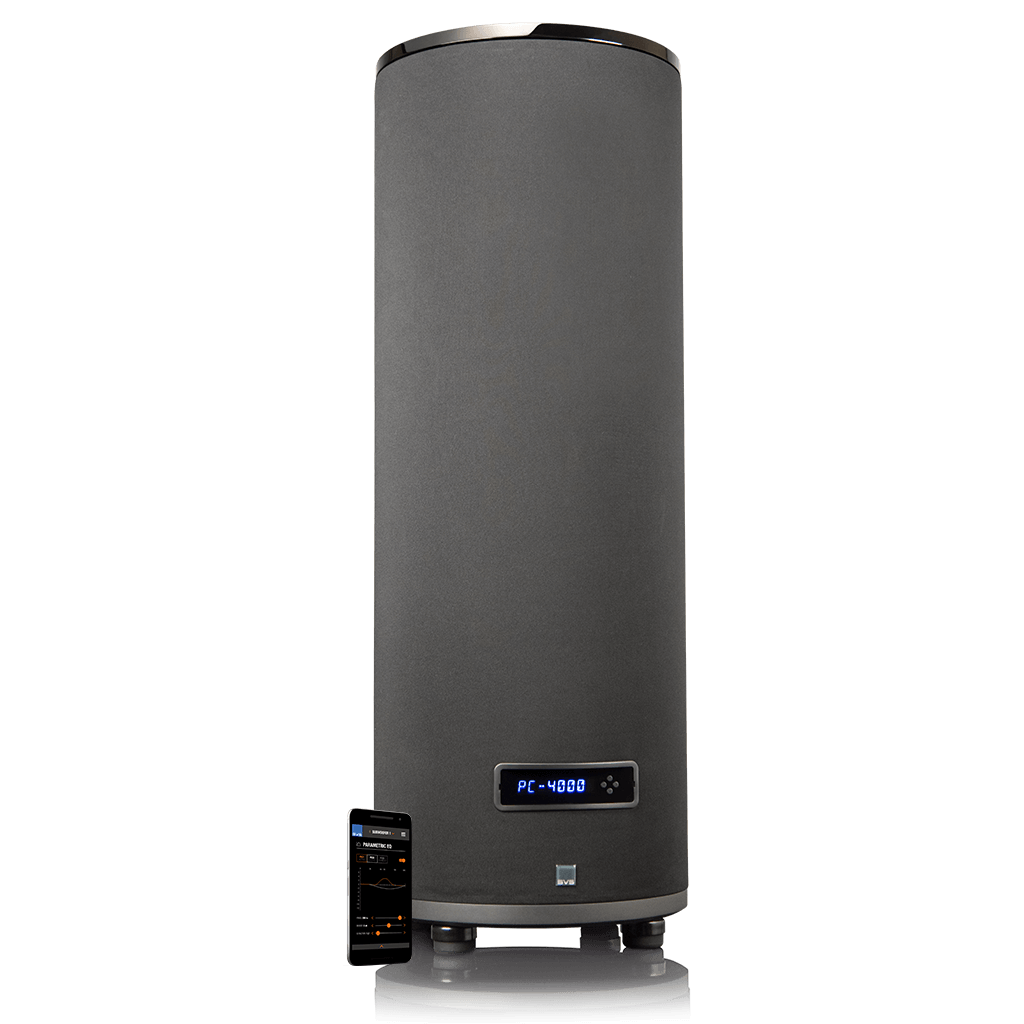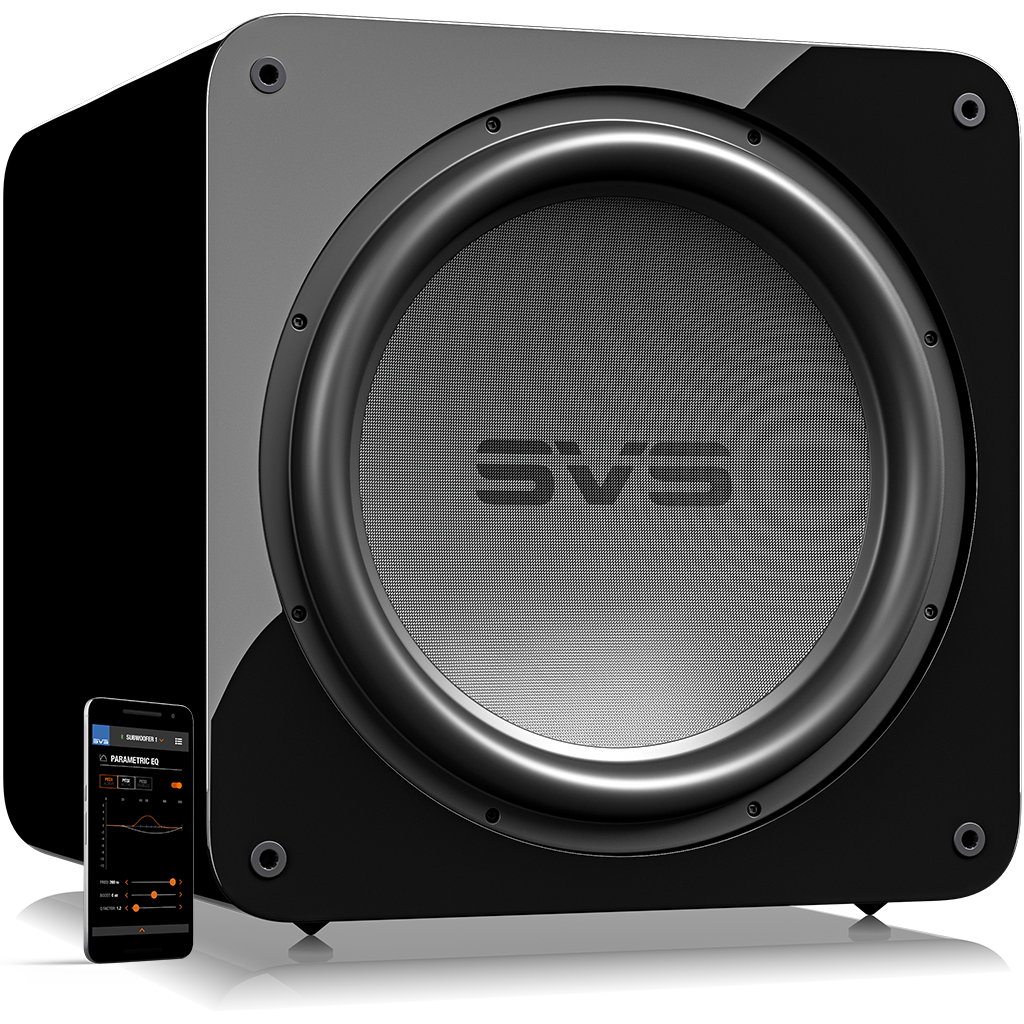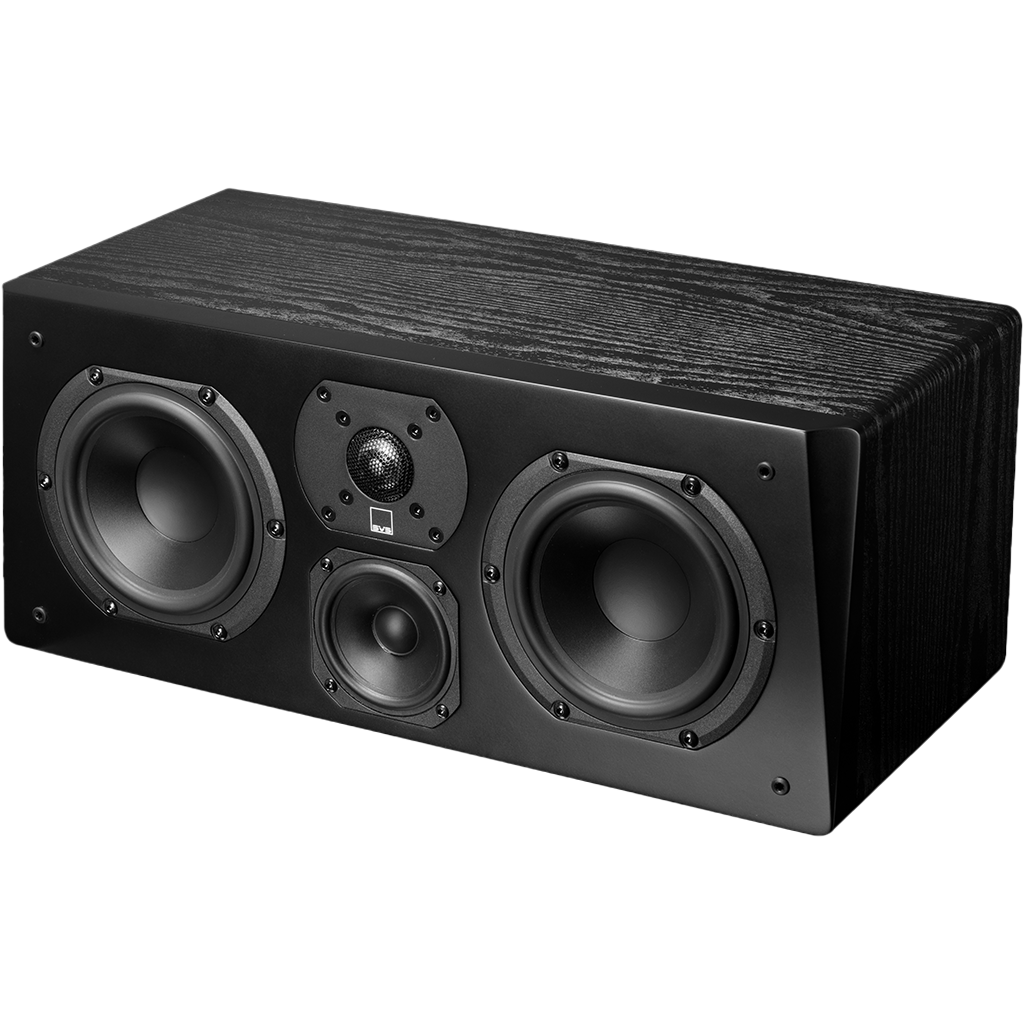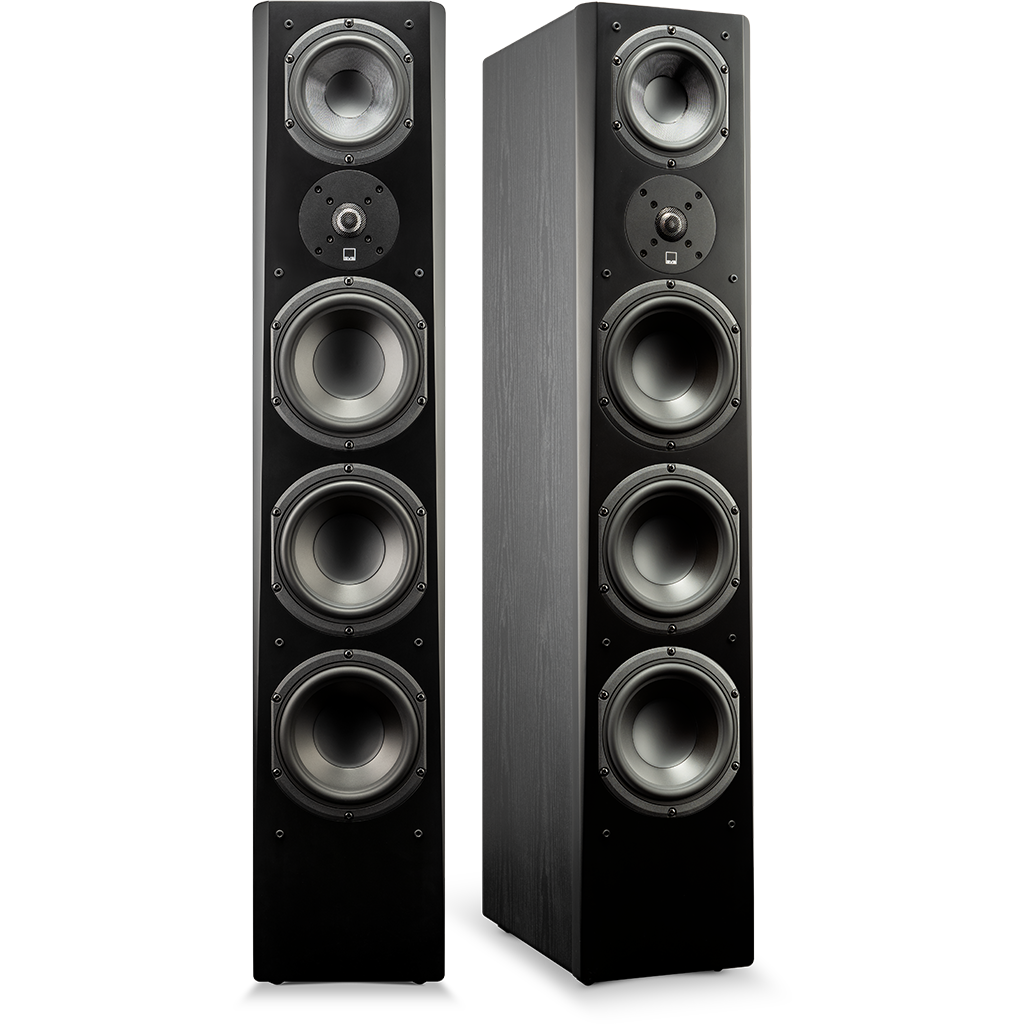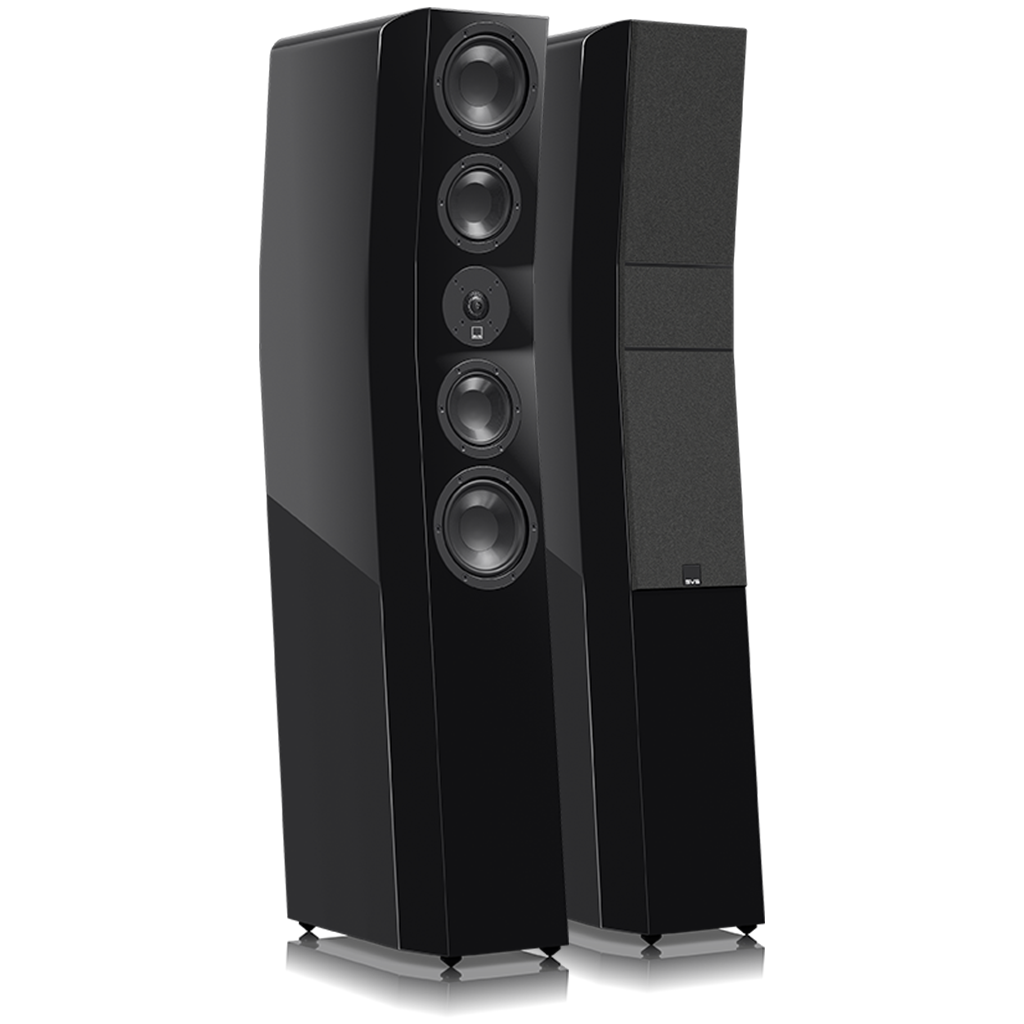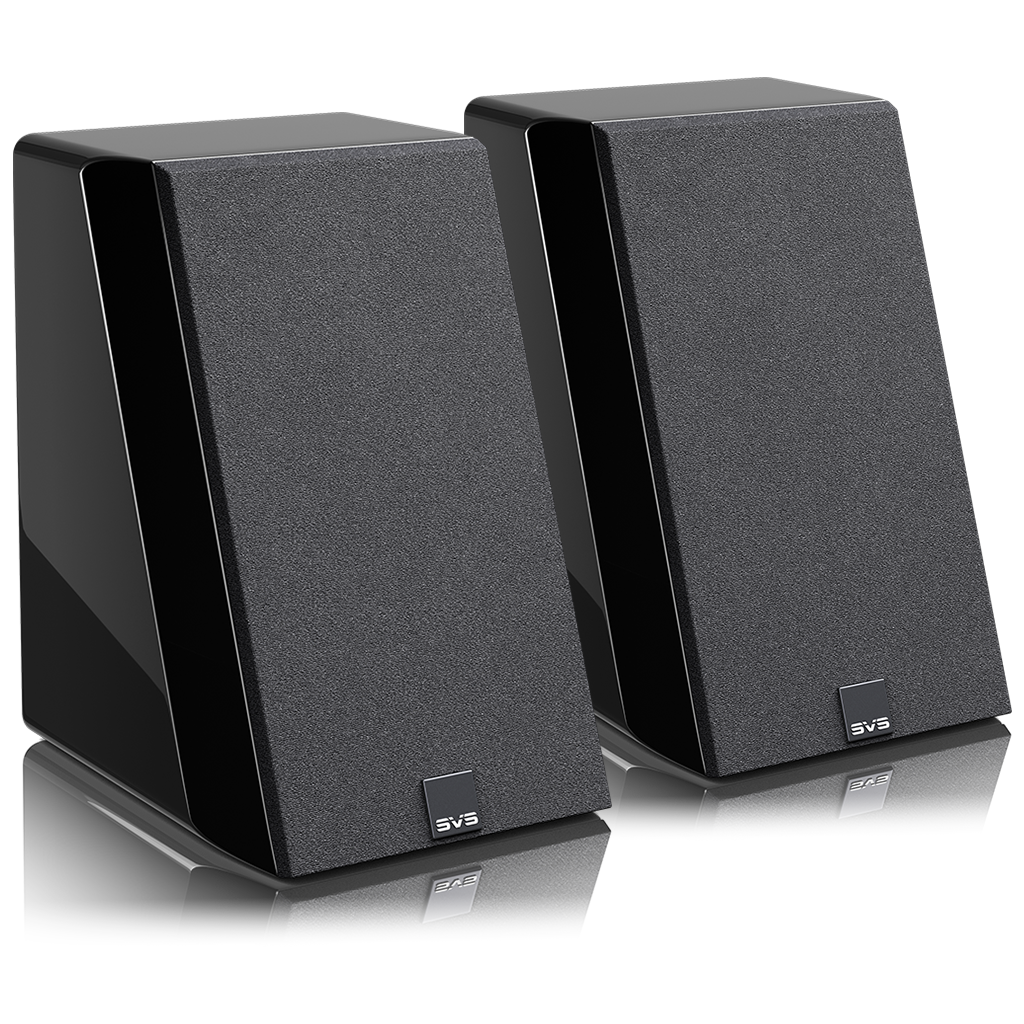Navy Veteran Enjoys Recreating F-14 Jet Engines and “Body Slamming Bass” with SVS Speakers
Fred from North Las Vegas, NV
With time served in the Navy working on the flight deck of an aircraft carrier, Fred from Las Vegas knows what it sounds like when an F14’s engines roar to life during takeoff. And now, with his stunning 7.4.4 SVS home theater surround sound system, he can effectively recreate the feeling.
After years of upgrades to various components, overcoming the challenge of getting a pair of PB16-Ultra subwoofers up 16 stairs, careful selection of room treatments, and precise calibration, the system and room are near-perfectly tuned. The result, “Godly body slamming bass... There’s really no way to explain the feeling, you just have to experience it.”
The Setup:
- Dual SVS PB16-Ultra
- Dual SVS PB-3000
- SVS Prime Pinnacle's
- SVS Prime Center
- SVS Prime Bookshelf's
- SVS Prime Satellite's
- All Audio/Video Component & Speaker Cable's SVS
- Samsung 85" Q60B QLED 4k
- Marantz Cinema 50
- Outlaw Model 7220
- Emotiva BasX 4
- Panasonic UB820k
- Panamax M5400-PM
- Panamax MR4300
- AC Infinity Aircom T10
- AC Infinity Aircom T10 + dual 120mm Side Fans
- AC Infinity Dual 80mm Fans
- Sofabaton U1
Questions And Answers:
How/why did you first get into high-performance audio?
It all started when I graduated 8th grade. As a present, my parents bought me a Sears LXI Series stereo system. It was a combo all in one unit with phonograph, cassette and tuner, and 2-way speakers. That was my birth into home audio. During high school I’d earn money mowing lawns, saving birthday money and allowances and with my savings, I purchased my first component system which was a Yamaha A960II Integrated Amp, tuner, cassette, Technics turntable and a pair of 3-way Technics speakers.
After high school, I took a seven-year hiatus serving in the military. After my discharge in 1992, I sold my outdated Yamaha equipment and got right back into it with home theater in mind. By 1995 I wound up completing my first home theater in a small 12’x8’ extra bedroom in a new construction home. I had asked the builder not to include a closet, so it was a perfect rectangular room. I was also allowed to pre-wire before the drywall went up. My system was anchored with a Yamaha RXV-1 and the matching standalone DDP-1 Dolby AC-3 processor which was the latest format for surround sound at the time. Sound came from 5 Klipsch speakers and dual Infinity 12” subs which made up my 5.2 setup. That system over time laid the foundation to where I am today.
Where did you learn about SVS?
I was introduced to SVS while searching for a subwoofer on Ebay. I found a PB12-Plus which was for sale about 40 miles from me. I never heard of SVS and the sub fascinated me on how beefy it looked with 3 rear ports and a shiny 12” down firing woofer. I did a “Buy it Now”, took it home and was astounded by the output of how low clean bass excited my senses in a way I never heard or felt before. I had kept the PB12 for a couple years till the PB13-Ultra was born around 2008. I purchased two of them and I was blasted with low frequencies watching the “Master and Commander” canon scene. Ever since I was hooked on SVS.
What was the greatest challenge when setting up your system?
The greatest challenge on my current system was simple, how to bring two PB16-Ultra’s solo up 16 steps of stairs. At only 5’-6”, I’m pretty stout as I do work out weighing in at 185 lbs. The difference in weight between the sub and me is about 10 lbs. My answer, remove the rubber feet, slide it on the carpet to the carpeted stairs and flip and roll the sub step by step. 2nd challenge was running speaker wires to my surrounds and surround backs. I’ve never done crown molding so it was a learning experience cutting angles and tacking the speaker wire up in the top corner along the wall prior to mounting the crown for a clean hidden wire look.
What was the impact of adding SVS subwoofers and speakers to your system vs. what you before?
Converting my entire 7 base layer speakers, 4 Atmos height speakers and 4 subs to SVS brought my home theater sound to a whole new level. Having timbre matched sound livened movies with clarity and dynamic range all being fed with 220 watts of power to each of the base speakers and 100 watts each to four of my Atmos height speakers. With dual PB16-Ultras driving up front and dual PB-3000’s rounding up the back end running 5db hot, really pressurizes my median sized 13’x19’ dedicated home theater room with godly body slamming bass! There’s really no way to explain the feeling, you just have to experience it.
How was the process of using Audyssey and REW for calibration? Any tips you can share?
Audyssey XT32 with my Marantz Cinema 50 was a straightforward process. The new GUI that comes with the Cinema 50 has a more modern look, easy to navigate and with extra features my former SR-5015 had. After Audyssey, I level matched all speakers at 75db reference and set my subs to run 5db hot. I pulled a REW measurement with the 4 subs and front L & R mains and they turned up a surprisingly flat frequency response between 20Hz -60Hz at 95db then a 10db drop between 60Hz-69Hz. After about an hour and a half of tweaking and a ton of measurements, I was able to negate the null by almost 7db playing with the crossovers and speaker distances without using an external DSP. I was pretty happy with the way everything sounded. I think my tips are to run 2 or more subs as it really helps to even out the low frequencies and be very quiet running Audyssey.
What was the end result of calibrating your system vs before?
I haven’t gotten around to calibrating my system any more than the above with an external DSP. I know I can squeeze more from my subs and speakers with one but for now I’m really digging the sound I’m getting. I’m still recouping from adding my 4th sub and will definitely get it more dialed in considering the investment and hard work getting this system to where it is now.
How did the room treatments impact performance?
Room treatments are a night and day difference and well worth the investment. A year and a half ago when I first set up my theater room in a brand-new house, I didn’t do any room treatments. After a few weeks with bare walls and a ceiling, there’s a high amount of reverb and the sound from my speakers were bright, tinny and coming from every direction and dialogue from the center didn’t even sound like it was coming from the TV. I went the cheap route and added adhesive backed black panels and foam squares from an online retailer we all know. It improved the sound characteristics and bettered my REW measurements, but I still had a good amount of “clap’” echo. I knew I could squeeze more directional sound from my speakers but was overall satisfied……. for a while.
Just recently, I’ve been looking into actual sound panels. I started watching comparison videos between foam and sound absorbing panels and decided this was the way to go. Looking at how many I’d need, the cost of 18 panels was a little higher than I wanted to spend so I went the DIY route. I used Rockwool for the media in my 15”x48” and 15”x15” panels covered with Blue porous felt material from a fabric store. What would have cost over $1,200 in pre-made panels cost me less than $200 and a little elbow grease.
After putting up 9 ceiling panels with a 3” gap and the 9 wall panels, it was a new type of “Shock and Awe”! I thought my original room treatments were good but my 3” and 2” thick panels have taken the quality of sound to a whole new level. After re-running Audyssey, time-aligning and Eq’ing the subs again, it re-ignited my desire to watch a movie almost every night!
Sound coming from the speakers is more pronounced and you can hear smaller details in sound even at lower volumes. Dialogue is very precise coming from the front stage. I still have a very little amount of slap echo, but the room is not acoustically dead which is not what you want.
It’s true room treatments are sometimes an overlooked part of a home theater. The low cost of adding room treatments should be the first upgrade before upgrading your current equipment to try and improve the sound. It may save you money after you hear what it can do. If you decide to go with room treatments, do a little research and don’t buy cheap foam squares which is what I did. True acoustic sound absorbing panels are the way to go and save yourself money going DIY. The feeling of accomplishment doing it yourself is well worth it and once you hear your theater after its acoustically treated, you’ll be amazed, guaranteed!
Any good content recommendations that you suggest as demos?
I have a ton of scenes but the top five I would recommend is Fury when they’re rolling into the first base near the beginning of the movie. There a soldier mounted with a 50Cal in the background firing a few double burst shots which are deep and tight. The subs send a shockwave through my hair with every shot. Never fails to put a smile on my face.
Next movie is Ready Player One towards the end when Sorrento activated the Cataclyst bomb. The rumble lasted for a good 10-15 seconds and shakes my couches and pant legs as well as my body. I use to work the flightdeck on a carrier and it’s the same feeling during a launch with F14’s in full afterburner on the cat. Amazing! Next would be the Transformers desert scorpion scene when the Hercules C-130 is shooting 105 rounds. The ground impact is deep and tight. Various scenes in Bladerunner 2049 are among my top 5 along with King Kong: King of the Monsters.
Did the SVS Sound Experts support team help you in any way?
As far as setting my system, I read the blogs and videos on the SVS website which are very informative. There’s no question SVS speakers and subs speak for themselves. Just play them and you’ll believe. Don’t be afraid to experiment with sub placement and calibrating to maximize your investment. I’ve dealt with SVS’s customer service numerous times regarding account questions, rewards and even asking for a correct size T-Shirt or cleaning up my registration list.
My experience with them is no matter how small your question may be, they always respond in a timely manner over email, over the phone and chat and they do so with enthusiasm as if like they know you and the feeling that they want to help you. There’s never a rush and they’ll make sure you’re satisfied. They’ve always gone above and beyond my expectations and that’s what customer service is about.
Why is having an immersive home theater important to you?
There’s no other way to experience a movie to its fullest until you try it. Being immersed in sound is a feeling like no other. Being a part of the movie experience maximizes your investment in your equipment and the return on investment is well worth the time and money spent. Enjoy the movie moments with your family and friends at home with true immersive sound!
























